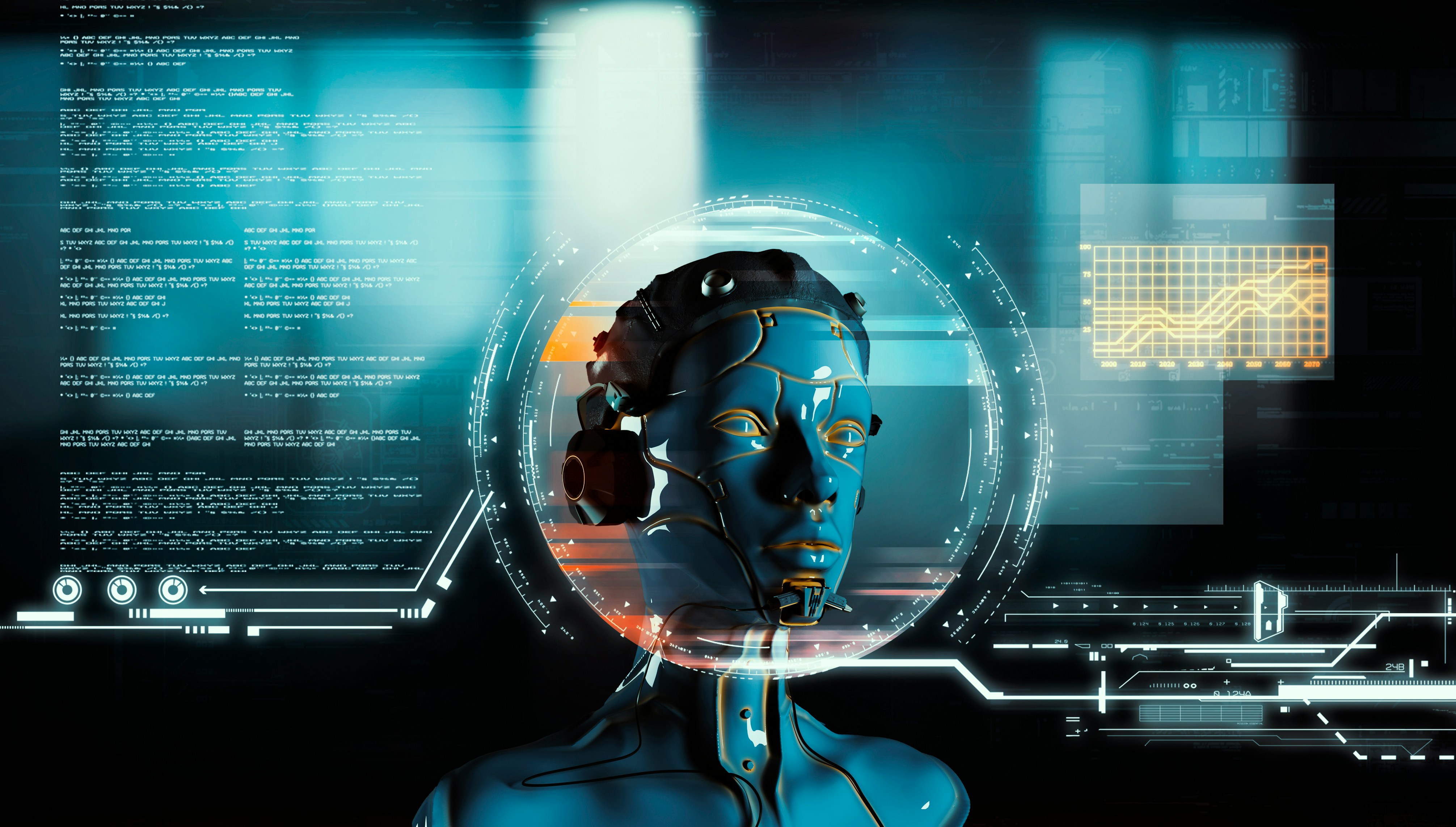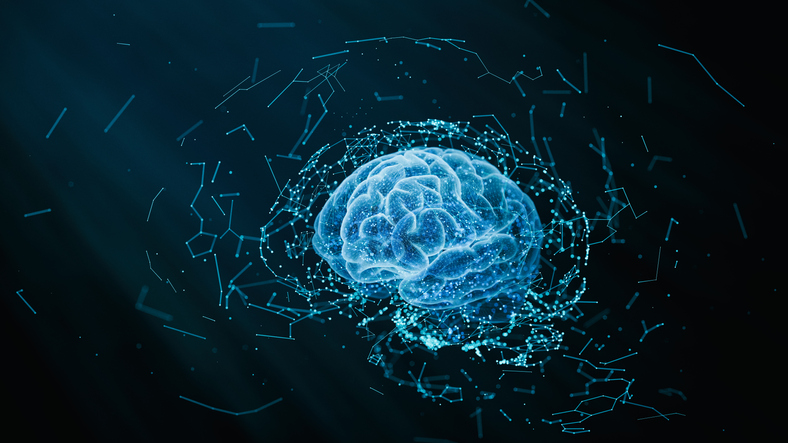Article
Closing the AI & ML Skills Gap and Building Future-Ready Teams
29 Jan, 20259 mins
Everywhere you look, AI and machine learning are transforming how we work, solve problems, and innovate. From automating tasks to driving decision-making, these technologies are shaping the future. But the demand for talent to build and maintain these systems has skyrocketed, and finding the right people has become a real challenge.
In 2025 and beyond, the growing demand for AI and ML expertise will push organizations to rethink how they recruit, train, and retain talent. Addressing this gap requires a deeper understanding of the challenges and a clear strategy to overcome them.
This guide explores the causes of the AI/ML skills gap and the impact it has on businesses. More importantly, it offers practical strategies for overcoming these challenges, from upskilling and inclusive recruitment to building teams that thrive. So, how do you create the optimal AI/ML team? Let’s start with the bigger picture.
The AI/ML Skills Gap in 2025
As AI and machine learning adoption grows, the skills gap is becoming one of organizations' biggest challenges. In 2025, the numbers paint a clear picture: while 81% of IT professionals believe they could leverage AI effectively, only 12% have the skills to do so.
With AI spending set to surpass USD 550 billion this year, businesses are struggling with a 50% shortfall in talent. The issue goes beyond demand—it stems from deeper educational, policy, and workforce development challenges.
What’s at the core of the gap?
1. The disconnect between education and industry demands
While AI and ML are central to business strategies, academic institutions still lean heavily on outdated curricula. Many programs emphasize theoretical concepts over practical applications, leaving graduates unprepared for businesses' real-world challenges. This disconnect is particularly stark in industries requiring sector-specific AI applications, such as healthcare or logistics, where domain knowledge is as important as technical expertise.
2. The speed of innovation is outpacing workforce readiness
AI evolves far faster than most organizations can prepare their teams. Businesses may invest in technology without a clear plan to develop the internal talent required to sustain it. As a result, the gap between what technology enables and what teams can deliver widens, particularly in industries that are newer to AI adoption.
3. Specialist roles lack clear definitions
Roles like machine learning engineers or data ethicists are still poorly defined in many organizations. Hiring managers often struggle to articulate exactly what they need, leading to unrealistic expectations or mismatched hires. This lack of clarity also discourages candidates who may have transferable skills but don’t meet overly rigid job descriptions.
4. Biases in recruitment and technology
AI-driven recruitment tools can unintentionally reinforce biases, further narrowing the talent pool. Additionally, the lack of diverse representation in AI development teams leads to blind spots in how technologies are designed and applied. Diversity plays a key role in creating teams that can develop innovative and ethical solutions.
5. Fragmented government and policy support
Policies and funding often focus on research and technology development rather than workforce readiness. For example, while initiatives like the CHIPS Act aim to boost AI innovation, there’s less emphasis on creating accessible and scalable reskilling programs to meet workforce needs across industries.
The AI and machine learning skills gap is holding businesses back. Without the right talent, innovation slows, projects stall, and opportunities to harness AI’s full potential are missed. Companies that prioritize solutions like upskilling, better recruitment strategies, and inclusive hiring will be the ones to stay ahead.
Key Challenges in AI/ML Recruitment
We’ve talked about the reasons behind the AI and ML skills gap, but is the lack of qualified talent the only issue businesses face? For many organizations, the real challenge lies in navigating the complexities of hiring within such a specialized and competitive space.
One of the biggest issues is the lack of clarity around emerging roles. Positions like machine learning engineers and AI trainers are still relatively new, and many businesses struggle to define their requirements. Without clear expectations, recruitment efforts can stall or lead to mismatched hires, slowing progress on critical AI and machine learning projects.
The competition for talent is another significant challenge. Organizations across industries and regions are all vying for the same small pool of AI and ML specialists. Smaller businesses, or those earlier in their AI adoption journey, often struggle to attract candidates when competing with global companies offering higher salaries or rapid career progression. Even when businesses do secure talent, retention can be an uphill battle, with specialists frequently approached by competitors.
Key challenges businesses face today:
- New positions in AI/ML lack clear requirements, which complicates recruitment and increases the risk of mismatched hires.
- Career pipelines for positions like AI trainers or ML engineers are still underdeveloped, which narrows the talent pool.
- High demand for AI professionals means better offers or opportunities often lure them away.
- Businesses are competing internationally for the same talent, making it harder for smaller organizations to keep up.
Outsourcing vs in-house development has become another challenge for businesses. Outsourcing offers quick access to AI engineers or machine learning specialists, but building in-house teams provides long-term flexibility and alignment with organizational goals.
The challenge lies in finding the right balance. If we are to combat the skills gap, we need to weigh the benefits of speed and expertise against the need for control and sustainability when deciding how to approach AI recruitment.
Best Practices and Strategies for Closing the Gap
It might not feel like there are many ways forward when it comes to tackling the AI and ML skills gap. You’re not alone if you’re reading this thinking, “I’m just one business, and this challenge is sector-wide.” The reality is that no single organization can close the gap overnight. But by taking it one step at a time and focusing on what’s within your control, your business can make progress—not just for itself, but for the wider industry.
Start with smarter recruitment
Finding the right AI and ML talent doesn’t have to feel impossible. Specialist recruitment agencies can help you access candidates with the specific expertise you need, whether it’s for roles like AI engineers or machine learning specialists. Remote recruitment is another option, especially if you’re struggling to find talent locally. With the right support, even smaller businesses can compete for candidates in this highly competitive field.
Consider the balance between contractors and in-house growth
Contractors and permanent hires both have their place when building AI/ML teams. Contractors can provide immediate access to expertise for specific projects or tight timelines, helping businesses deliver results while navigating short-term needs. At the same time, investing in permanent in-house talent gives you the long-term flexibility and alignment to build teams tailored to your goals.
Finding the right balance often depends on your priorities at the time. Are you looking for speed, or are you building for sustainability? Both approaches can work together. Contractors can help you meet immediate objectives while you focus on hiring and upskilling for permanent roles that strengthen your business in the long term.
Make upskilling achievable
Upskilling might sound like a big undertaking, but it doesn’t have to be. Start small. Look at where your team is now. Are there employees with transferable skills who could be trained for AI or ML roles? What tools or training resources are already available? Focus on creating a step-by-step plan, whether that’s introducing tailored training programs or encouraging mentorship within your organization.
Here’s how to break it down:
- Assess your current team: Identify gaps in skills and opportunities for growth.
- Start small and build momentum: Target one or two areas where development could make an immediate difference.
- Combine learning with doing: On-the-job training can help employees build confidence and apply new skills quickly.
The skills gap can feel overwhelming, but by focusing on what’s achievable and building steadily, your business can adapt. Every step counts, and the work you do now can help your organization and the wider industry move forward.
Quick checklist: Is your business closing the AI/ML gap?
Ask yourself: has your business identified where your current team’s strengths and gaps lie? Understanding who could be upskilled into AI and ML roles is the first step to building long-term capabilities. Are you also looking for transferable skills that could make training more efficient and targeted?
When working with a recruitment partner, have you considered whether they specialize in AI and machine learning? Accessing niche talent pools and expert insights can make all the difference in such a competitive market.
Are you balancing short-term solutions, like contractors, with a clear strategy for developing an in-house team? Finding the right mix ensures your business is prepared for both immediate projects and future growth.
Valuing Diversity in AI/ML Teams
The gender and diversity gap in AI and machine learning doesn’t just reflect broader societal imbalances. It’s also a missed opportunity for innovation and progress. Currently, 71% of AI talent are men, and only 29% are women. This 42% gap highlights how much potential is being overlooked. Similarly, only 22% of Baby Boomers have received AI training opportunities, compared to 45% of Gen Z workers.
For your business, building more diverse AI teams can deliver real results. Different perspectives bring fresh ways of solving problems, help reduce blind spots, and lead to more effective solutions. Inclusive hiring practices allow you to tap into underrepresented talent pools while strengthening your ability to innovate and compete.
Where progress can be made:
- Focus on potential, not just expertise: Look at transferable skills when recruiting and provide training for candidates with the right aptitude.
- Create inclusive recruitment practices: Anonymised CV reviews, diverse interview panels, and job adverts that appeal to a wider range of applicants can all help.
- Support diversity in leadership roles: Ensuring diversity at senior levels sets an example for the rest of your team and helps build an inclusive culture.
For your business, diversity isn’t about meeting targets. It’s about creating teams that can meet today’s challenges while building solutions that are fair, innovative, and effective.
Final Thoughts on AI Recruitment and Building Skilled Teams
The AI and machine learning skills gap is a real challenge, but it also offers an opportunity for your business to take meaningful steps forward. By focusing on AI recruitment strategies, investing in upskilling, and creating inclusive hiring practices, you can build teams that meet the demands of today and prepare for the future.
Successful machine learning recruitment is about finding candidates with the right skills, but it’s also about recognizing potential and building a workforce that can grow with your business. Partnering with trusted recruitment specialists and identifying transferable skills within your team are practical ways to move closer to closing the gap.
The skills gap may not disappear overnight, but each step you take now helps strengthen your business and positions it for success in a competitive AI-driven world.
Looking for Expert AI and Machine Learning Recruitment Solutions?
At McGregor Boyall, we understand the challenges posed by the growing talent shortage in AI and machine learning. From sourcing top AI engineers and machine learning specialists to identifying candidates with transferable skills, our expertise ensures your business stays ahead.
Whether you’re addressing the skills gap or building teams for emerging roles, we provide tailored recruitment strategies to help you find the right talent. With in-depth industry insights and a personalized approach, we’re here to help you create a workforce ready for the future of AI and machine learning.
Get in touch with McGregor Boyall today, and let us help you find the talent your business needs to succeed.




